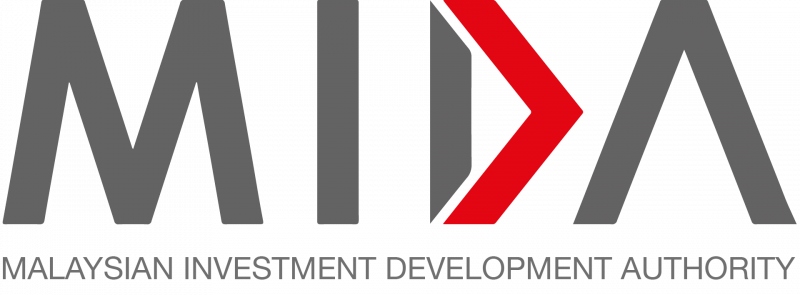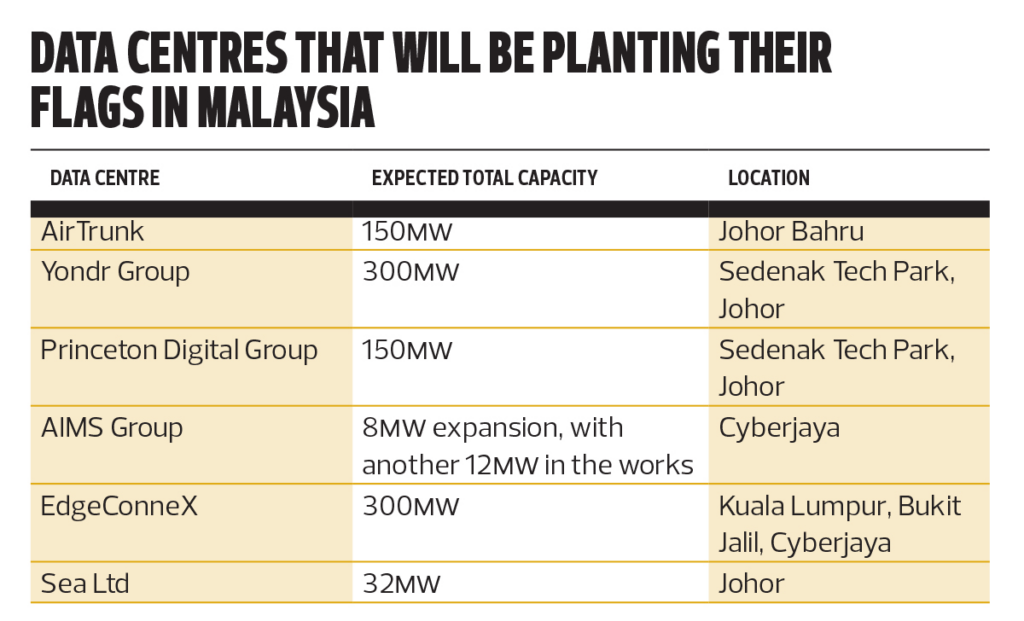The Unity government through the Digital Ministry are committed and ready to work with the digital industry players in efforts to strengthen the sector in Malaysia.
Digital Minister Gobind Singh Deo said he has also urged all captains of the industry to be present at his ministry to offer their suggestions and feedback to help draft a digital policy for the future.
Gobind said this was necessary because setting up the ecosystem is important, not just for the government to understand problems in the previous digital sector, but also to face the challenges in the future.
“Therefore, the experience and challenges that they have faced throughout their venture in the past until now, can be used as a guideline for us to move forward.
“I think it’s very important for us to understand that we cannot do this alone… I told them that I will need their help to discuss how we can draw policies so that Malaysia can move ahead in this digital journey with the input from the industry and of course with government giving its support,” he said.
He was speaking to reporters after opening the 24th PC.com Awards ceremony, here today.
In another development, Gobind reiterated his confidence of achieving the targetted contribution from the country’s digital economy to the Gross Domestic Product (GDP) which is set at 25.5 percent by 2025.
He said the target can be achieved if all the stakeholders, including the people can optimise the platform that has been made available by the government to develop and expand their business.
“We need to ensure we give our best to enable every Malaysian to become an expert in optimising the platforms and transform their business approach.
“If more and more join the digital world, I am confident that by 2025, not only can we achieve the 25.5 percent, but even more,“ he said.
Speaking of the award ceremony, Gobind said PC.com provides recognition to individuals and companies for their contributions towards the industry.
“I feel the recipients of the award are the right choice and I know their contributions to the industry is immense. Therefore, I wish to congratulate them and I hope they will continue to offer their contributions to the industry,” he said.
Source: Bernama
Govt ready to work with industry players to strengthen digital industry – Gobind
Content Type:
Duration:



